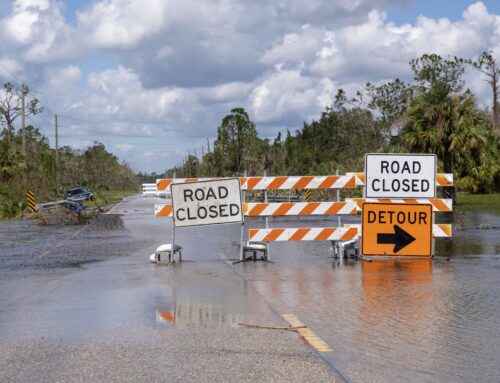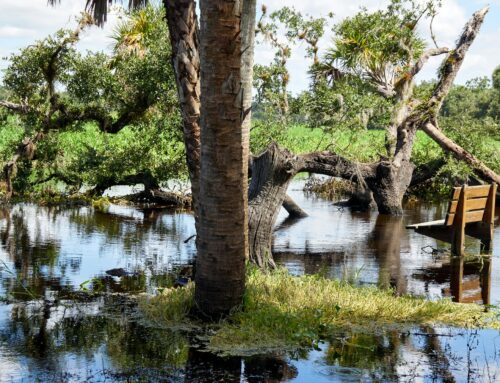Two recent reports have provided strong evidence that the federal government has dropped the ball on salmon recovery in the Columbia River basin in the Pacific Northwest. Futile attempts to save this endangered species have shred more than $3.3 billion of federal tax dollars like fish through a turbine and held up the most cost-effective solution to the problem: Dam Removal.
In the first report, the General Accounting Office (GAO) criticizes the effectiveness of federal agency spending on recovery, stating, “there is little conclusive evidence to quantify the extent of their [recovery actions] effects on returning fish populations.” The GAO analysis further confirms the fact that harebrained schemes like barging and trucking fish around dams just don't work.
Demonstrating a complete lack of common sense, the government has taken a “when all else fails” attitude and continues to waste billions of taxpayer dollars on every option other than the solution that is most likely to be successful, regardless of their proven futility. According to independent scientists, removing the four hydroelectric dams on the Lower Snake River in eastern Washington State is the solution to protecting the salmon. Not surprisingly, a number of wealthy special interests that benefit from the cheap energy provided by the dams don't care too much for this solution, despite the fact that is in the economic best interest of not only the salmon, but also the local communities, tribes, and federal taxpayers, according to recent reports.
Up to this point, proponents of the status quo have relied upon a Chicken Little argument, and got away with not providing strong evidence to support their claims. Earlier this week, the most compelling argument against dam removal – that it will send the entire Northwest economy down the drain – was rebuked in a report by the conservative Rand Corporation.
The study looked at the feasibility of removing the four dams and shows that not only can dam removal be cost-effective, it can create jobs and preserve endangered salmon. RAND concluded replacing the power generated at the dams could create more than 10,000 new jobs and more reliable energy dispelling the urban legend of financial ruin if the dams were removed.
Several stocks of Lower Snake River salmon and steelhead are already extinct or headed towards extinction. There is significant financial incentive for the federal government to save salmon from extinction as federal treaties promise local tribes that there will be salmon to fish as long as the sun shines. If the salmon go extinct, the federal government could face a liability of tens of billions for the abrogation of these treaties.
The government is now presented with the reality that removing these four dams will not only avoid salmon extinction and slash the hefty price tag of salmon recovery but will also help strengthen the Northwest economy and diversify a presently unreliable energy supply. In addition, the report provides common sense alternatives to several other benefits currently provided by the dams.
Lawmakers have already taken notice of the wasted tax dollars and declining salmon runs. Along with 70 of their colleagues, Reps. Jim McDermott (D-WA) and Tom Petri (R-WI) are leading the way to ensure that we are ready to remove the four dams on the Lower Snake river when the billion dollar techno-fixes fail to save salmon from the jaws of extinction.
It's time to put Congress's feet to the fire and seriously consider dam removal as an option to restore salmon and avoid wasting billions more in failed salmon recovery schemes.










